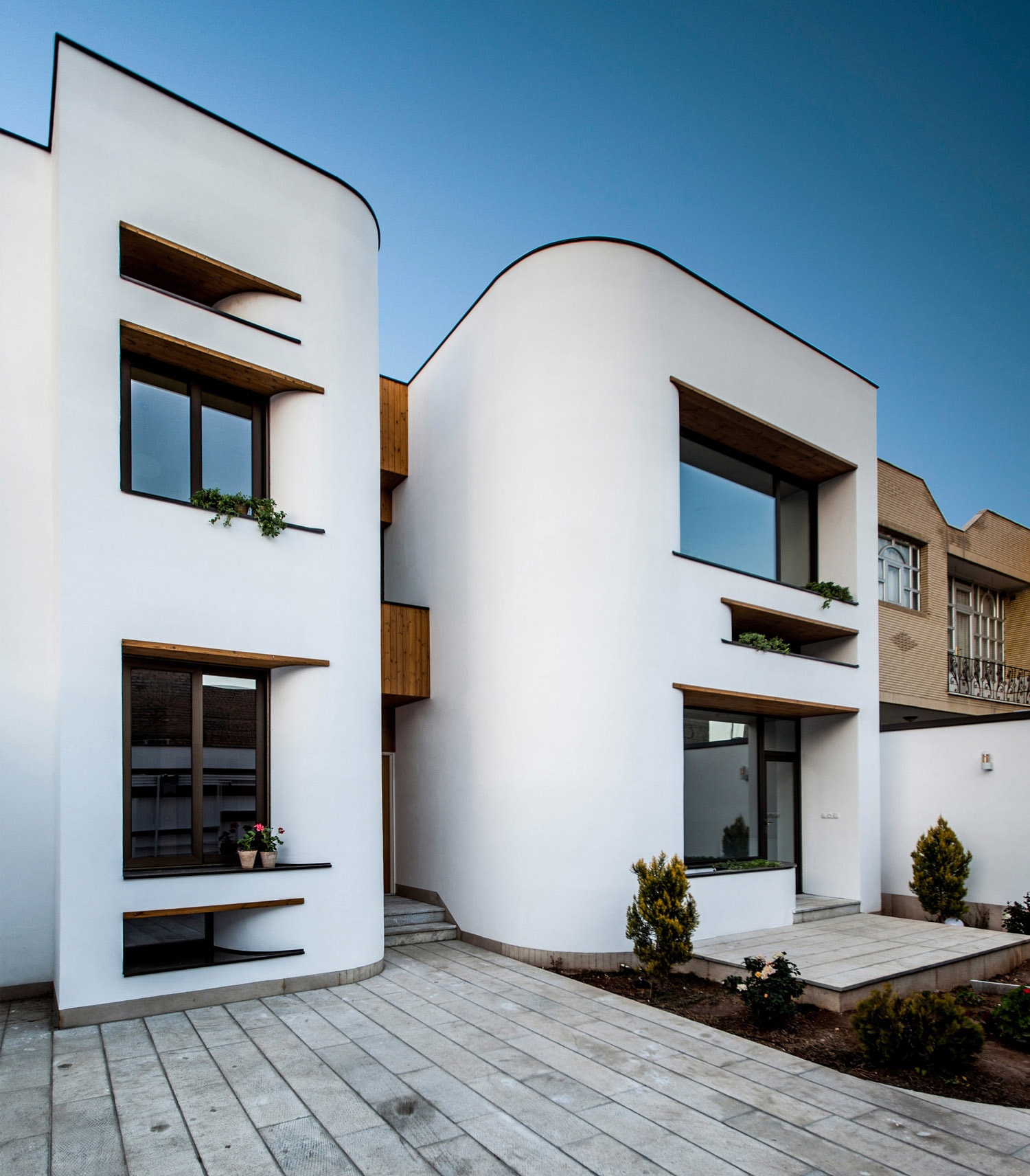Concrete 3D printing is a revolutionary technology that offers a wide range of benefits for cost and efficiency in the construction industry.
One of the main advantages of 3D printing is the cost savings. Traditional construction methods often involve high labour costs and expensive materials. With 3D printing, the process is automated, reducing the need for manual labour and minimizing human error. Additionally, the use of reusable moulds and forms also reduces costs.
Another significant benefit is the increase in efficiency. 3D printing allows for faster production times and the ability to print modular panels rather than monolithic structures. This not only reduces the time required for construction but also increases the accuracy and precision of the final product. Additionally, the ability to print on-site or off-site depending on the project requirements, increases the flexibility of the process.
3D printing also offers environmental benefits. The technology allows for the use of recycled materials, reducing the amount of waste produced during the construction process. Additionally, 3D printing can also reduce the need for the transportation of materials, further reducing the carbon footprint of a project.
In addition to these cost and efficiency benefits, 3D printing also offers architects and engineers more freedom in design, allowing for the creation of complex and unique structures that would be difficult or impossible to achieve with traditional construction methods.
Overall, concrete 3D printing is a technology that offers a wide range of benefits for cost and efficiency in the construction industry. With the ability to reduce costs, increase efficiency, and minimize environmental impact, 3D printing is quickly becoming an essential tool for the industry and a viable solution for the current housing crisis.

